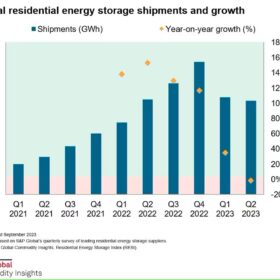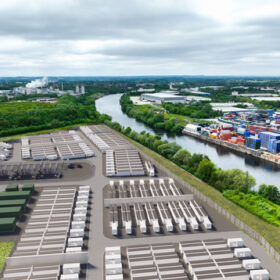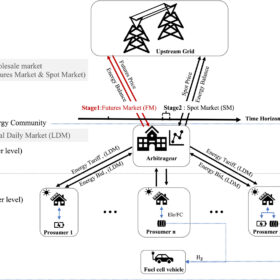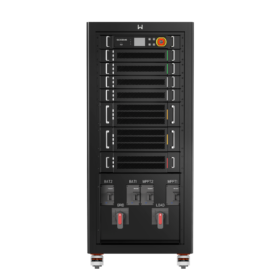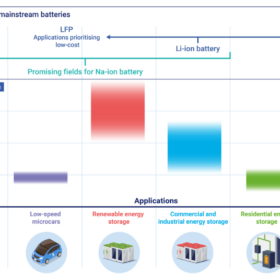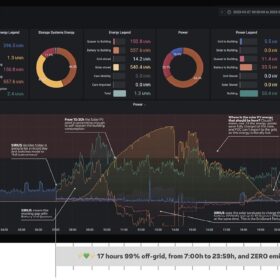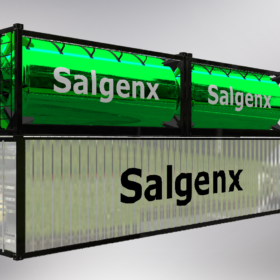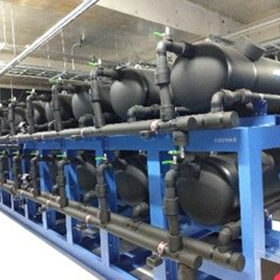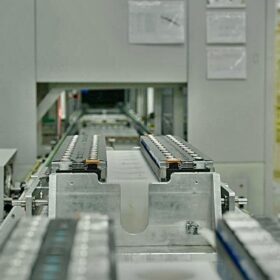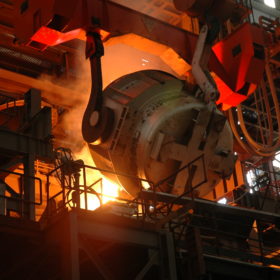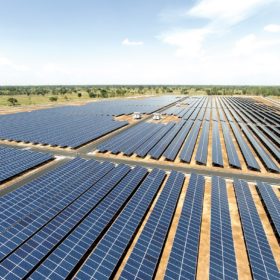Residential battery inventories soaring in Europe, says S&P Global
European warehouses are reporting extremely high inventory levels for residential energy storage systems, with aggressive prices expected, as distributors need to start clearing their stocks, according to S&P Global.
Sodium-seawater batteries for short, long-term stationary energy storage
Italian researchers studied sodium-seawater batteries (SWBs) for short- and long-term energy storage on Sardinia and found that SWBs with wave energy smoothed out power fluctuations, while enabling a fully decarbonized power generation system over the long run.
UK coal-fired power plant site to host 1,040 MW/ 2,080 MWh battery
Independent energy infrastructure developer Carlton Power has secured planning consent for a 1,040 MW/ 2,080 MWh battery energy storage system (BESS). The project is expected to strengthen the resilience of the energy system in northwestern England.
Energy communities operating on hydrogen, batteries
Researchers in Spain have studied the impact of hydrogen production and storage technologies in risk management for energy communities with internal price-tariff systems. They found that the optimal involvement in futures markets and spot markets will depend on a community’s risk aversion and self-sufficiency.
GoodWe unveils new inverters for C&I applications
China-based GoodWe has developed two new solutions – the ETC 100 kW hybrid inverter and the BTC 100 kW retrofit battery inverter – for commercial and industrial (C&I) solar applications.
Sodium-ion battery fleet to grow to 10 GWh by 2025
Global demand for sodium-ion batteries is expected to grow to just under 70 GWh in 2033, from 10 GWh in 2025, at a compound annual growth rate (CAGR) of 27%, according to UK-based market research company IDTechEx.
Weekend Read: It’s time to get Sirius
In a bid to avoid costly grid augmentation, Spanish electric vehicle (EV) charger supplier Wallbox has designed a multi-layered energy intelligence solution – proving that necessity is the mother of invention.
Green baseload hub to replace coal, gas generation in eastern Germany
German coal miner LEAG is planning a massive clean energy hub, comprising up to 14 GW of wind and solar energy generation paired with 2 GWh to 3 GWh of battery energy storage and 2 GW of green hydrogen production. Combined, these technologies are expected to create a net-zero baseload energy system.
Saltwater redox flow battery with integrated ultracapacitor
US-based Salgenx says it has successfully integrated ultracapacitors with its saltwater redox flow batteries, resulting in significantly better power response and system performance.
Effect of wind on solar panel cooling in desert areas
Researchers in Morocco have carried out an experimental investigation which has confirmed that even in hot desert climates, the wind has a positive effect on reducing the PV module temperature, improving the electrical production as well as the conversion efficiency.

